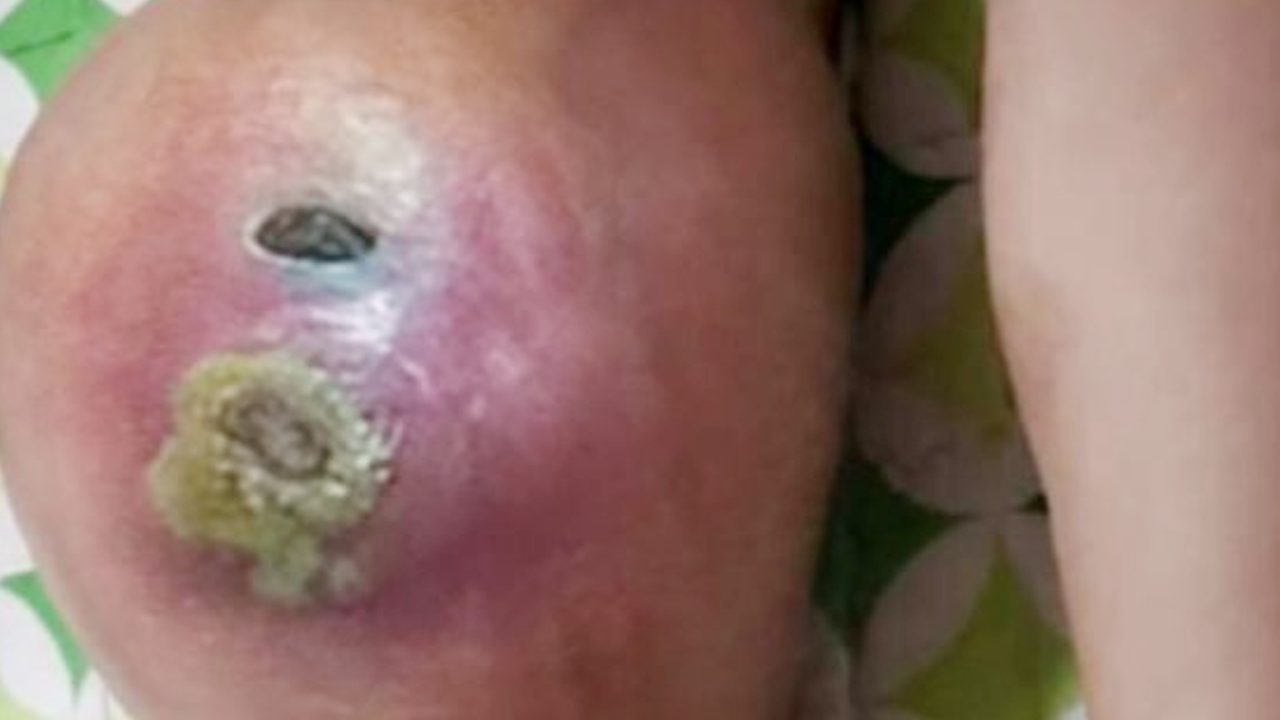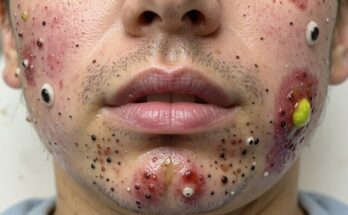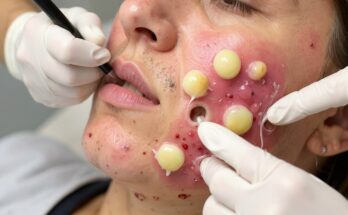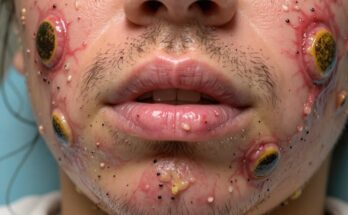Understanding and Treating Blackheads: A Comprehensive Guide
Blackheads: those tiny, dark blemishes that seem to stubbornly cling to our skin, are a common frustration for many. This comprehensive guide delves into the science behind these unwelcome guests, offering practical strategies for effective treatment and prevention.
What Exactly are Blackheads?
Blackheads are a specific type of acne vulgaris, a common skin condition. Unlike the inflamed, red pimples we often associate with acne, blackheads present as small, open bumps on the skin’s surface. Their characteristic dark color often clusters on the forehead, nose, and chin (the infamous “T-zone”), but can also appear on the back and chest. So, what causes these unsightly spots?
The Root Cause: Clogged Pores and Oxidation
The culprit behind blackheads is simple: clogged pores. Excess oil production (sebum) combines with dead skin cells, creating a blockage within the hair follicle. This isn’t dirt, as many believe, but rather a build-up of natural skin components. The dark color isn’t dirt either; it’s the result of oxidation. When this mixture of sebum and dead skin cells is exposed to air, it oxidizes, turning dark. It’s a chemical reaction, not a dirt accumulation.
Effective Strategies to Combat Blackheads
Fortunately, there are several effective strategies to tackle blackheads and prevent future outbreaks. A multi-pronged approach is often the most successful:
Gentle Cleansing: The Foundation of Clear Skin
Regular cleansing is paramount. Use a mild, non-comedogenic cleanser (one that won’t clog pores) twice daily to remove excess oil and dead skin cells. This prevents the initial clogging that leads to blackhead formation.
Exfoliation: Unclogging the Pores
Exfoliating 2-3 times a week with products containing salicylic acid or alpha-hydroxy acids (AHAs) helps gently remove dead skin cells, further preventing pore blockages. These ingredients are known for their ability to unclog pores and encourage cell turnover.
Targeted Topical Treatments
Consider incorporating topical treatments containing benzoyl peroxide or retinoids into your skincare routine. These ingredients actively combat bacteria, unclog pores, and regulate sebum production, significantly reducing blackhead formation.
Professional Help for Stubborn Cases
For persistent or severe blackheads, consulting a dermatologist is highly recommended. Professional extraction techniques can effectively remove stubborn blackheads without causing skin damage, ensuring optimal results.
Epidermal Cysts: Diagnosis, Treatment, and Removal
While blackheads are a common skin concern, it’s crucial to distinguish them from other skin conditions. Epidermal cysts, for example, require professional medical attention.
Understanding Epidermal Cysts
An epidermal cyst is a slow-growing, benign lump beneath the skin’s surface. These cysts are filled with keratin, a protein that gives skin its structure. They often appear on the face, neck, back, or elbows, and can range in size from a few millimeters to several centimeters. A central black dot (a pore) may be visible.
When Professional Removal is Necessary
Self-treatment of epidermal cysts is strongly discouraged. While often harmless, cysts should be evaluated by a healthcare professional if they become painful, infected (redness, swelling, pus), grow rapidly, or are cosmetically bothersome. A dermatologist or surgeon can accurately diagnose the cyst and determine the best course of action.
The Professional Removal Process: A Step-by-Step Guide
Removal of an epidermal cyst typically takes place in a medical setting:
- Examination and Diagnosis: The healthcare professional will visually examine and palpate the cyst. Ultrasound may be used for larger or deeper cysts.
- Preparation: The area is cleaned with an antiseptic and local anesthesia (lidocaine) is injected to numb the area.
- Surgical Removal: There are two main approaches:
- Complete Excision: This involves a small incision to remove the entire cyst sac. This is preferred for large or uninfected cysts, preventing recurrence.
- Incision and Drainage: If infected, only the pus and debris are drained. Complete removal of the sac may be delayed until the infection clears.
- Closure: The wound may be closed with stitches or left open, depending on the size and infection status. A dressing is applied.
Post-Procedure Care and Recovery
Following the procedure, careful aftercare is crucial:
- Keep the area clean: Wash daily with mild soap and water.
- Change dressings: Follow the healthcare provider’s instructions.
- Avoid strain: Avoid excessive stretching or pressure on the area during healing.
- Monitor for infection: Report any signs of infection (redness, heat, pus, fever) immediately.
Medication
Following the procedure, your doctor might prescribe topical or oral antibiotics (if infected), and pain relief medication (acetaminophen or ibuprofen).
Disclaimer: This blog post provides general information and should not be considered medical advice. Always consult a healthcare professional for diagnosis and treatment of any skin condition.



